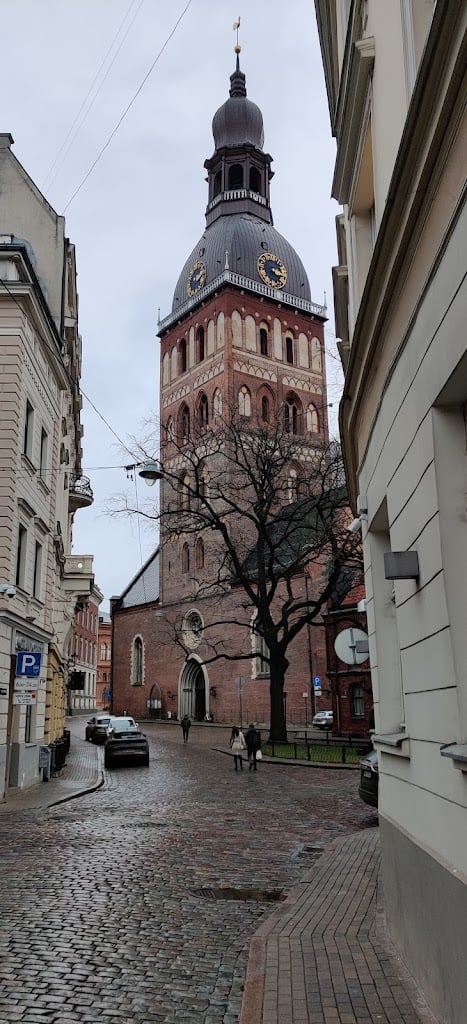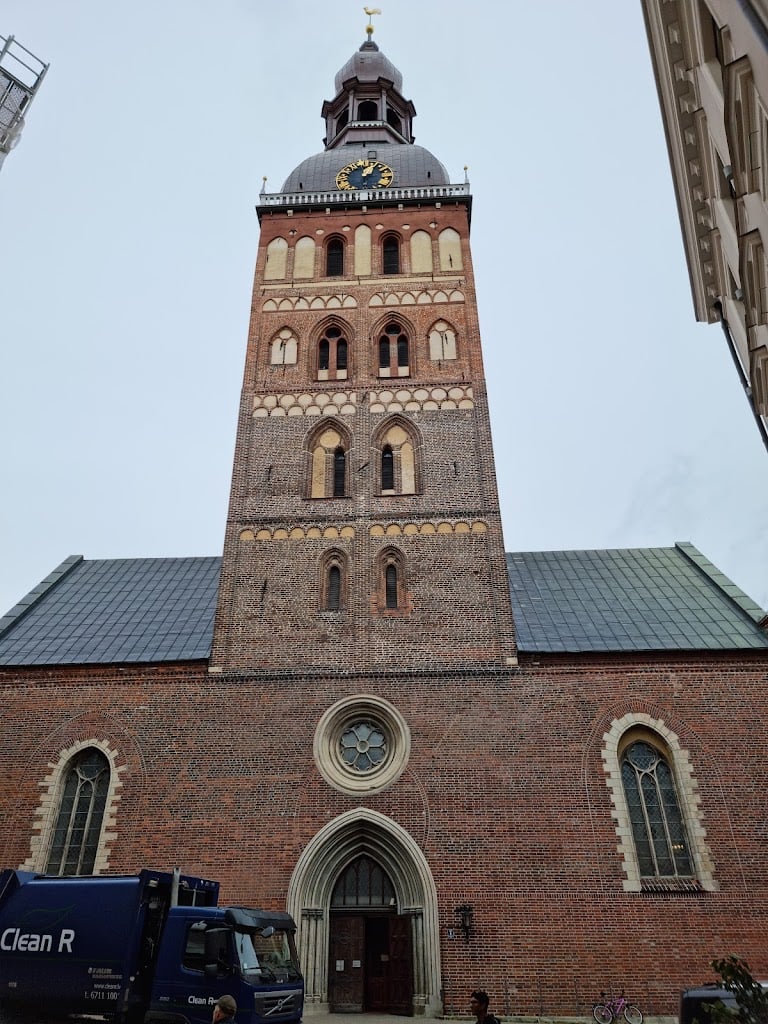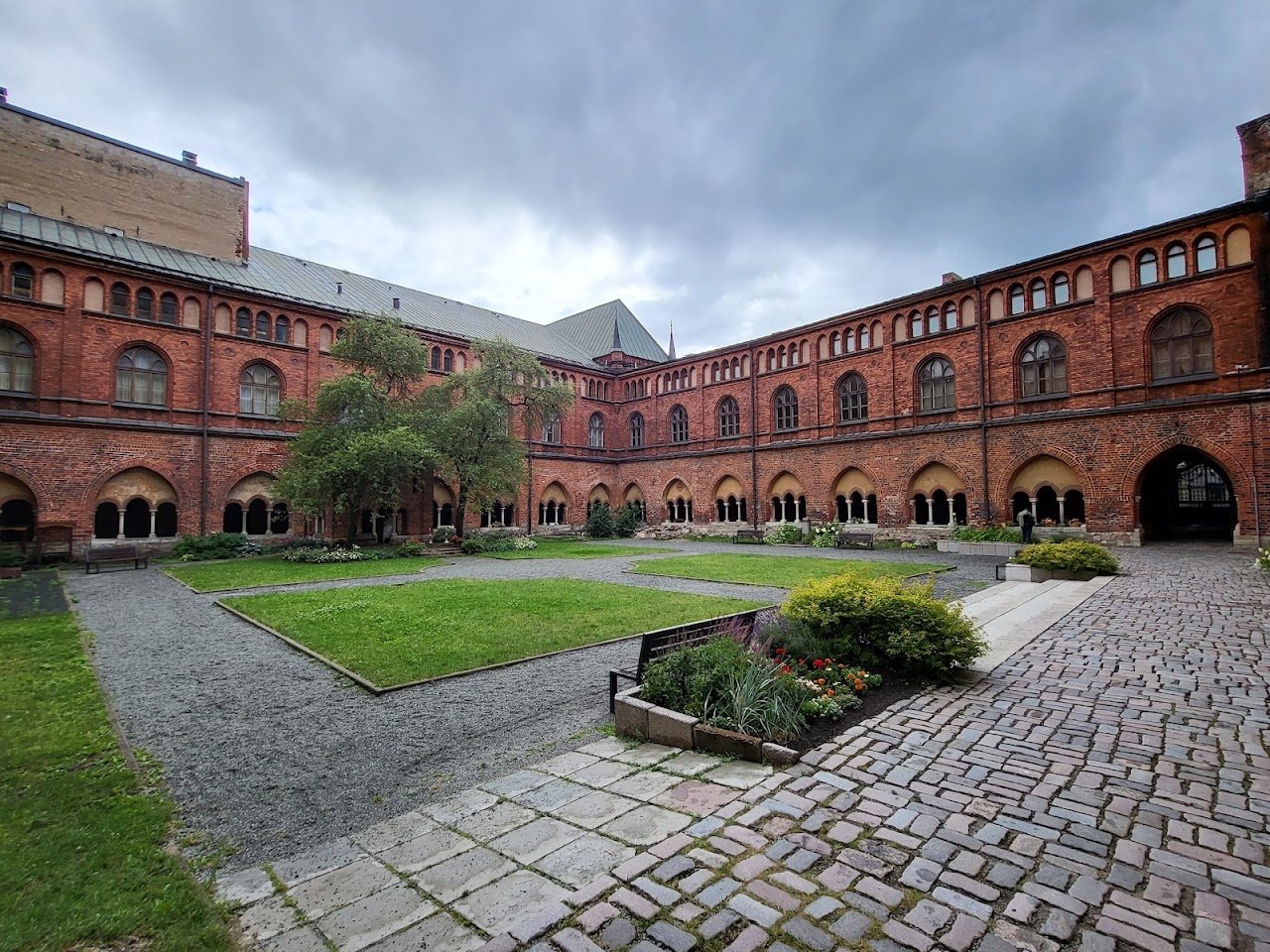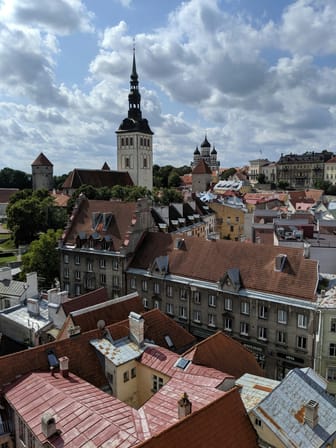Riga Cathedral





Ask ThatchGPT
Suggest a local expert to plan my trip
Suggest an unique itinerary for my Latvia trip
What foods do Latvia locals eat
What are some true hidden gems in Latvia
Help me brainstorm trip ideas for Latvia
Help me plan a family-friendly trip to Latvia
What people say
Pedro Pereira
Available for hire
"It is the largest medieval church in the Baltic states and holds significant historical, cultural, and architectural importance.
The cathedral's construction began in the early 13th century and continued over several centuries, with various architectural styles incorporated into its design, including Romanesque, Gothic, Baroque, and Renaissance. Its impressive facade, towering spire, and intricate interior make it a notable example of medieval architecture in Northern Europe.
Rīgas Doms has served as the seat of the Archbishop of Riga since its establishment, and it has played a central role in the religious and cultural life of the city for centuries. The cathedral has witnessed numerous historical events, including royal coronations, religious ceremonies, and cultural performances.
Inside the cathedral, visitors can admire its stunning stained glass windows, ornate altars, and impressive organ, which is one of the largest pipe organs in Europe. The cathedral also houses a museum with exhibits on its history, architecture, and religious artifacts."
Elizabeth Rickert
Available for hire
"Riga Cathedral, located in the heart of Old Town Riga, is the largest medieval church in the Baltic states and one of the city's most significant landmarks. Founded in 1211, this magnificent structure showcases a blend of Romanesque, Gothic, Baroque, and Art Nouveau architectural styles, reflecting its long and storied history. The cathedral is renowned for its massive organ, one of the largest in Europe, and hosts frequent concerts that attract music lovers from around the world. Its beautiful cloister and serene interior make it a peaceful retreat, while its historical and cultural importance make it a must-visit for anyone exploring Riga."
Read more in:
Valentina Vanegas
"The largest medieval church in the Baltics. Built in 1211, it’s known for its impressive Gothic, Baroque, and Art Nouveau architecture. Step inside to admire the massive organ, one of the largest in Europe, and enjoy the peaceful atmosphere as the morning light filters through stained glass windows. After your visit, take a moment to enjoy the vibrant square, often filled with street performers, local artists, and cafes."
Mentioned in these guides
About Riga Cathedral
Get the inside scoop on Riga Cathedral from local experts, travel creators, and tastemakers. Browse genuine trip notes, Riga Cathedral reviews, photos, travel guides, and itineraries from real travelers and plan your trip with confidence.
Website
Phone
Save this spot for later or start mapping out a new trip today
Try our AI Travel Assistant and get instant answers to any questions about your trip.
Ask ThatchGPT


